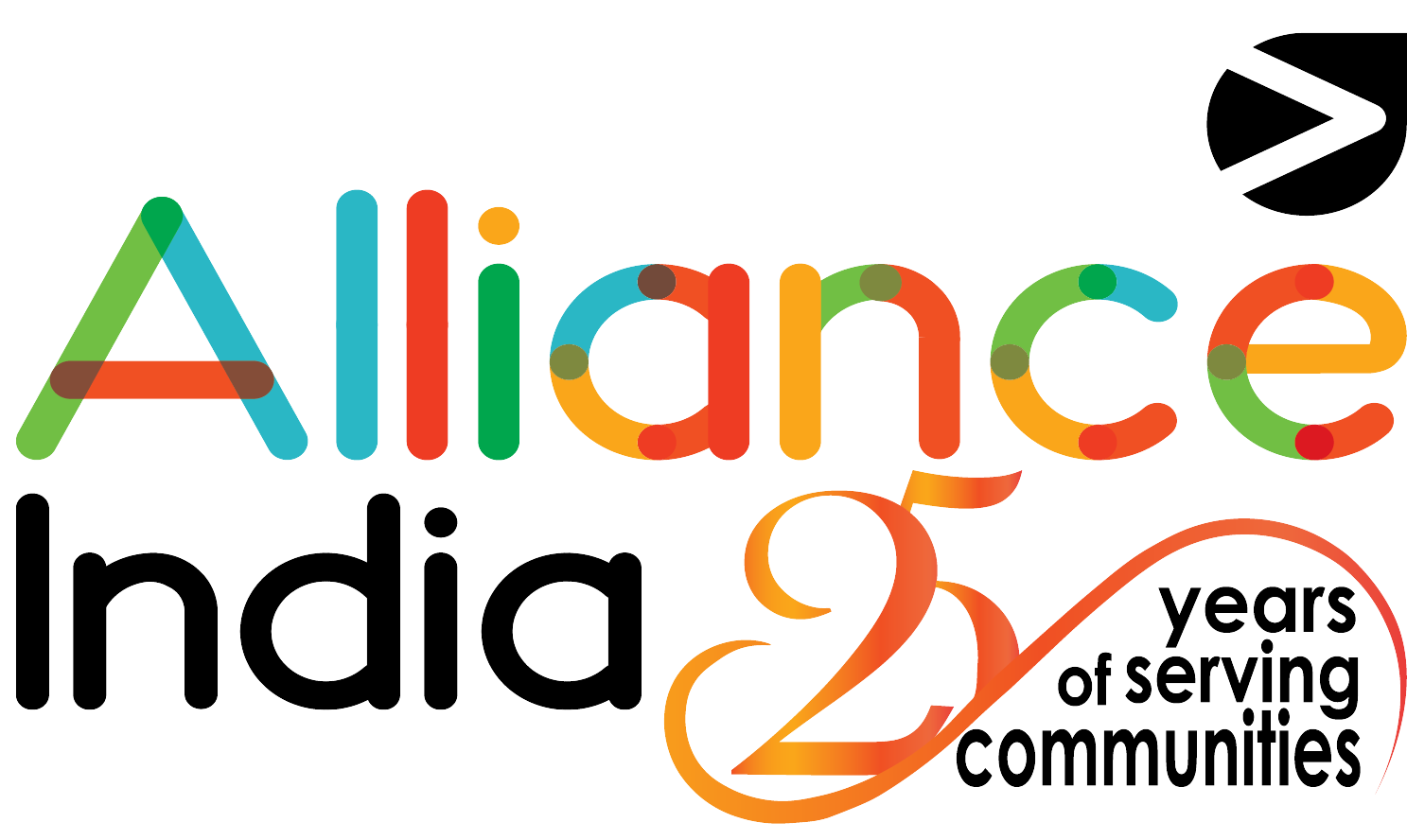Successful sensitisation of Health Care Providers
The meeting hall was occupied by men and women in white clothes, be it sarees, trousers or shirts. Even the shoes and sandals were in the same colour! Aprons in white were the standard attire, signifying that the main participants were para-medical and non-medical staff of the hospital. The entire group of nurses and wardboys sat, enquiringly staring at each other to know the reason for the meeting. This was the pre-setting scenario of the health care providers sensitisation event at the Pandurang Ramarao Dongaonkar, Shasakiya Jila Chikitsalaya (District Civil Hospital), Durg in the state of Chhattisgarh. This facility is the largest district hospital with a capacity of 300 in-patient beds and approximately 250 staff-members. The present group comprised of twenty-five staff-members, who were participating in a sensitization meeting on HIV as organized by Alliance India’s Nirantar programme.
The meeting started with a key note address by the district TB-HIV Nodal Officer, who gave an overview on specific groups of people who are most-at-risk of HIV and why they are key to HIV transmission as well as prevention. He also emphasized the role of health care service providers in reducing risk and vulnerability of the people who are most affected by HIV.
It was noted that the Durg district hospital has so far registered approximately thousand people living with HIV at the ART centre. Approximately, 1200 women in sex work and 600 men who have sex with men, Transgenders, Hijras and 600 people who inject drugs are being reached with services by the hospital, through the targeted intervention programme supported by National AIDS Control Programme. All these community members will require medical services, it is palpable that at any given point there will be interface between the registered members and the participants of the sensitization meeting. A role-play was conducted by key population members underlining frequent discriminative behaviors of healthcare providers experienced by them that hinder their access to healthcare.. The discussion that followed revealed that many health care providers acknowledge the not-so-pleasant behaviour. They acccepted that due to the pressure of work, sometimes they oversee the individual needs and also agreed that their role is very critical in ensuring optium health care to the communities who need them most.
Therefore, the meeting is an endeavour of the Nirantar team to reduce personal inhibition and apprehension among para-medical and non-medical staff, while working with key population members.
It was a rewarding experience for the Nirantar team to be a part of this sensitization meeting. Some of the comments by healthcare providers at the end of the meeting illustrated the success of the event. Some of these comments may be seen below:
“This was the first time in my life that we have learnt about sex workers, MSM etc. and their risk practices. Prior to this meeting, we had not been taught on these issues nor did we have any idea about their health needs” – A senior nurse from the Operation Theatre (OT).
“I feel that, being a health care providers and considering the key populations groups in our district, we have a larger role to play. I would want to visit the NGO someday and meet with these people” – a nurse from the outpatient department (OPD).
As we look at the success of this meeting, I reflect on the hierarchial norms of our Indian society, which discriminate against the vulnerable groups of women in sex work, men who have sex with men and people who inject drugs , where often their human rights are violated and their access to services limited. But I also realised that healthcare providers need support and periodic encourgement to ensure access and enabling treatment to everyone who needs it. Nirantar’s sensitization meeting for Healthcare providers has been instrumental in bridging this gap by initiating successful sensitization of 180 staff members, including doctors, nurses, ward boys, registration clerks, lab technicians, janitors and guards through nine back-to-back sessions in a span of five days in October.
The author of this blog is Francis Joseph, Project Manager of Nirantar
Other Recent Articles
- Youth Voices: Life with HIV in Contemporary India 26 September, 2023
- Empowering Transgender Community to create an Equal World 20 July, 2023
- Combating Stigma and Discrimination Among People Living with HIV 7 July, 2023
- Understanding the Significance of HIV Testing: Impact on Individuals, Relationships, and Society 22 June, 2023
- Empowering Lives during Unrest l Our Commitment to Manipur 5 June, 2023
- Empowering the Transgender Community: Alliance India Initiates Transgender ID Card Registration Drive 17 May, 2023
- The Struggle of Embracing Identity- International Day Against Homophobia, Transphobia and Biphobia 17 May, 2023
- Innovaccer Provides Support to Ensure Quality Health Services to Children Living with HIV 5 May, 2023
- The Essential Role of Social Protection Schemes for People Living with HIV 13 April, 2023
- Marriage is only between a biological male and biological female,” Centre tells Supreme Court 14 March, 2023
- Made by Nicdark - Copyright 2020
- donations@ong.com
- volunteers@ong.com
- contact@ong.com
India HIV/AIDS Alliance (Alliance India)
A not-for-profit Section 8 Company with Registration No: U85310DL1999NPL098570
Contact
-
6, Community Centre
Zamrudpur Kailash Colony Extension
New Delhi – 110048 - +91-11-4536-7700
Download
©2021 All Rights Reserved by Alliance India



Leave a Reply